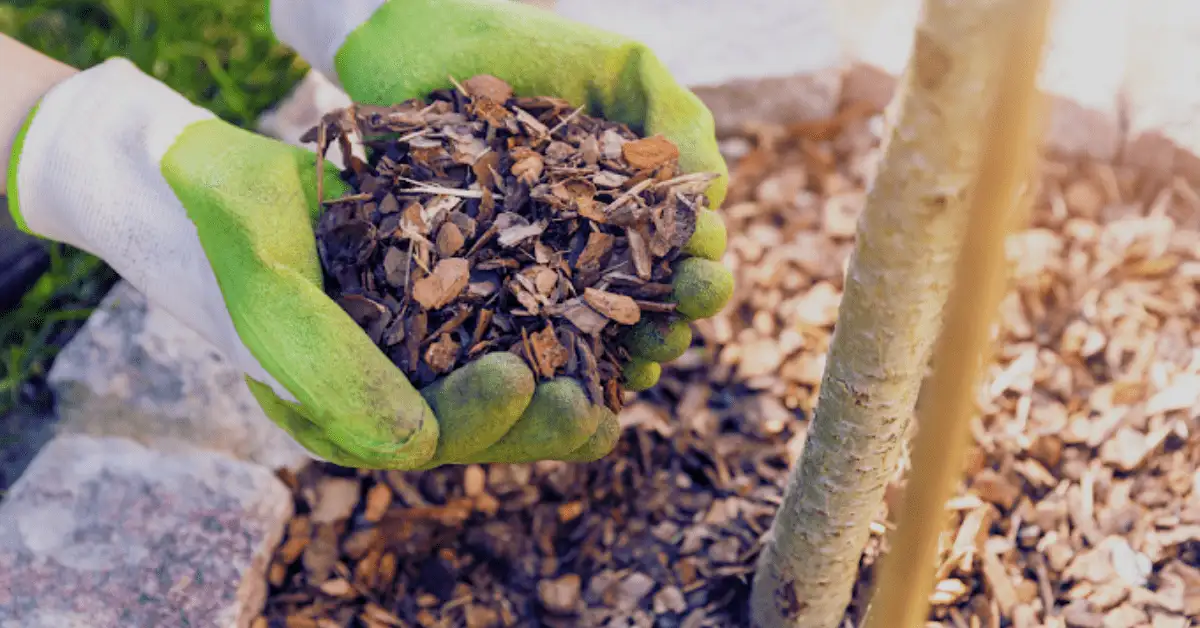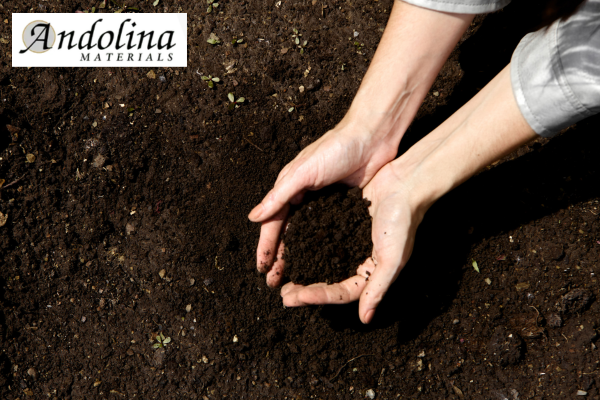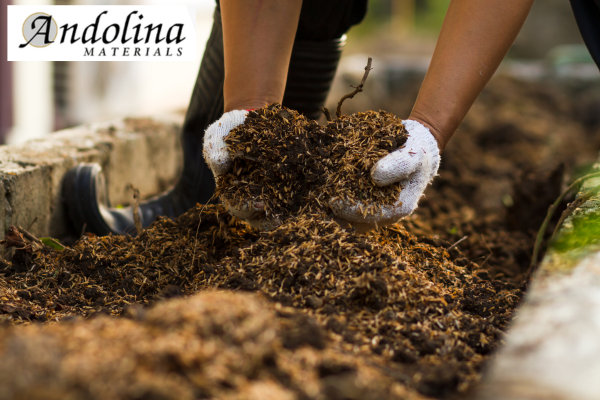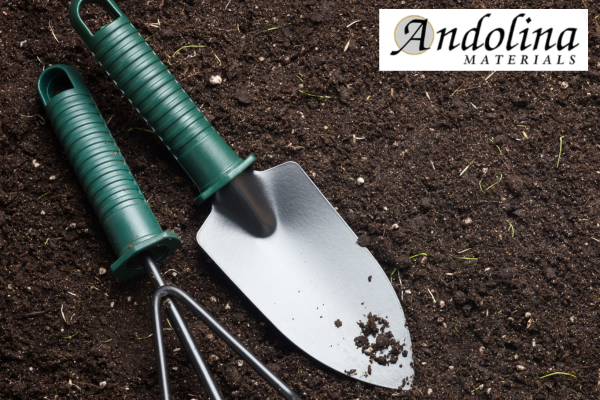Mulch is one of the most transformative elements in landscaping, both visually and functionally. When used creatively and correctly, mulch can bring a sense of unity, warmth, and structure to outdoor spaces, making gardens appear well-tended and professionally designed. More than just a decorative feature, mulch serves as a powerful tool to improve soil quality, reduce maintenance efforts, and protect plant life.
In its essence, mulch is a protective layer applied to the surface of soil. It suppresses weeds by blocking sunlight, helps soil retain moisture by reducing evaporation, and acts as insulation for plant roots protecting them from extreme temperatures. This dual-purpose design and practicality is what makes mulch such an essential tool in landscaping.
One of the most compelling visual benefits of mulch is its ability to define garden beds and natural pathways. Whether you’re working with a structured flower garden or a more organic, flowing yard, mulch creates contrast and depth. When placed against green foliage, vibrant mulch colors like rich browns or deep reds provide a visual pop that elevates the entire aesthetic of the yard.
Moreover, mulch can help control erosion and improve plant health by gradually breaking down and enriching the soil with essential nutrients. This makes organic mulch, such as bark or compost, an eco-friendly and cost-effective investment. For homeowners focused on sustainability and beauty, mulch becomes not just a tool but a long-term solution.
Exploring Mulch Types and Their Design Applications
There are many types of mulch available, and each brings its own set of benefits, aesthetic appeal, and practical uses. The key is understanding which mulch is best suited for your garden’s needs and visual goals.
Organic mulch is derived from natural materials like bark, shredded wood, leaves, straw, and compost. It decomposes over time, releasing valuable nutrients into the soil, improving its texture, and fostering the development of healthy microorganisms. Shredded bark mulch is one of the most commonly used options due to its affordability, rich color, and suitability for flower beds and tree rings. Hardwood mulch, pine bark, and cedar each offer unique textures and scents that can complement the style of your garden.
Inorganic mulch, on the other hand, includes materials like gravel, pebbles, rubber, and landscape fabric. These mulches do not decompose and are often used in low-maintenance landscapes or areas prone to heavy foot traffic. Stone mulch offers a polished, modern aesthetic and is ideal for pathways, driveways, or arid gardens where watering is limited.
When considering mulch for specific areas, think beyond the surface. Mulch serves different purposes in various applications:
- Around trees and shrubs: Use wood chips or shredded bark to conserve moisture and reduce weed competition.
- In flower beds: Choose colored mulch to enhance flower colors and improve soil quality.
- For walkways and borders: Consider gravel or rubber mulch to provide a firm, low-maintenance surface.
- In vegetable gardens: Straw or composted mulch adds nutrients and keeps edible plants clean and protected.
Choosing the right mulch depends on the desired visual outcome, climate, and the purpose of your garden. Mixing mulch types, such as wood mulch in beds with gravel pathways, can bring cohesion to your landscape design while addressing functional needs.
Creative Mulch Landscaping Design Ideas
A beautiful garden is often the result of thoughtful design, and mulch can be used in surprisingly creative ways to turn a basic yard into a magazine-worthy landscape. With a bit of inspiration and strategic planning, mulch can help define space, lead the eye, and enhance the beauty of your home’s exterior.
One of the simplest yet most effective design techniques is the use of curved edges in flower beds. Straight lines can feel rigid, while curved borders create a more natural flow and a sense of softness. Laying mulch in these shapes adds fluidity and elegance, giving beds a professional finish.
Tree rings are another common yet impactful design. Instead of grass growing right up to the trunk, creating a mulched circle around the base of a tree keeps the area neat while protecting the roots from mower blades and foot traffic. This also creates a visual spotlight effect, making your trees stand out.
Layering mulch with stone elements creates a contrasting look that adds texture and dimension. For example, a mulched flower bed bordered by a line of flat river rocks or bricks creates clean lines and effectively separates the design elements.
Creating defined zones within a garden is also a smart use of mulch. For example, a reading nook under a tree might be mulched with cedar for softness and scent, while a sunlit herb garden is covered in straw for better airflow and drainage. These unique areas can be visually tied together by choosing mulch colors and materials that complement each other.
Mulch pathways are also a great addition. Laying mulch on walkways not only softens the footpath but helps it blend seamlessly into the garden. Adding stepping stones within the mulch adds function and flair, making the pathway more durable and visually engaging.
With an eye for contrast and balance, mulch becomes a primary design element that can dramatically enhance the form and function of any garden.
Functional Benefits of Mulch in Landscaping
While mulch is celebrated for its visual contribution, its true strength lies in the functional benefits it brings to landscaping. It supports healthier plant growth, reduces yard maintenance, and helps conserve vital resources, all while contributing to a more sustainable landscape.
One of the most important benefits is weed suppression. Mulch blocks sunlight from reaching the soil surface, which inhibits the germination and growth of weeds. This reduces the need for herbicides and saves hours of weeding time throughout the season.
Moisture conservation is another key feature. By reducing evaporation, mulch helps the soil retain water, allowing plant roots to stay hydrated for longer. This is especially important during dry spells or in areas with water restrictions. Using mulch means less watering and lower utility bills.
Mulch also plays a role in temperature regulation. During hot summer months, it keeps the soil cooler, shielding roots from extreme heat. In winter, mulch provides insulation, reducing frost damage and helping plants survive fluctuating temperatures.
In areas prone to erosion, such as slopes or regions with heavy rainfall, mulch acts as a protective barrier. It prevents rainwater from displacing soil, preserving the integrity of your beds and hillsides. This is particularly important in landscapes with significant elevation changes or near areas with water runoff.
Another major functional benefit is the improvement of soil health. Organic mulch breaks down gradually, introducing beneficial organic matter into the soil. This process improves soil texture, encourages beneficial microbial activity, and enhances overall fertility. Over time, you’ll notice stronger plant growth, improved root systems, and better resistance to disease and pests.
Mulch also contributes to a cleaner garden environment. By covering the soil, it reduces splashing during rain, keeping your plants, vegetables, and decorative features free from mud and debris.
For families with children or pets, certain mulch types, such as rubber, can provide a safe and cushioned surface in play areas, reducing the risk of injuries while maintaining a tidy yard.
By addressing multiple aspects of landscape management, from aesthetics and plant health to conservation and safety, mulch proves to be an essential component of effective garden design.
Searching for Mulch Near Me? Discover Why Andolina Materials Is the Right Choice
If you are searching for “Mulch near me,” it’s important to find a provider that not only offers high-quality products but also delivers reliable service and expert guidance. At Andolina Materials, we understand that every landscaping project is unique. That’s why we provide a wide selection of premium mulch options, ranging from rich organic bark to decorative gravel, ensuring there’s a solution for every style and need.
We proudly serve homeowners and contractors throughout Indian Trail, NC, and nearby communities. Our mulch is available in a variety of textures and colors to complement any landscape design. Whether you’re renovating your garden beds, installing new pathways, or planning a complete outdoor transformation, our team is here to help you choose the best materials for lasting beauty and performance.
Andolina Materials also offers prompt and dependable delivery services to keep your projects on schedule. With over 15 years of industry experience, we have the knowledge and product variety to support everything from small DIY improvements to large-scale landscaping ventures.
Contact us today for a free estimate, and let us help you bring your garden vision to life with high-quality mulch and unmatched customer service.




